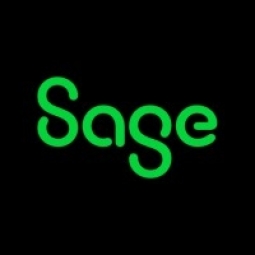公司规模
SME
地区
- America
国家
- United States
产品
- Sage 100 ERP
- Sage TimeSheet
- Sage CRM
技术栈
- Job Cost module
- Inventory Management module
实施规模
- Enterprise-wide Deployment
影响指标
- Productivity Improvements
- Cost Savings
技术
- 功能应用 - 企业资源规划系统 (ERP)
适用功能
- 离散制造
- 采购
用例
- 自动化制造系统
- 库存管理
服务
- 系统集成
关于客户
数字信号公司是三维人脸识别系统研发领域的全球领导者。目前,美国国防部和其他联邦机构正在开发这项先进且高度机密的技术。这家成立仅六年的公司发展迅速,随着其技术的商业用途逐渐显现,预计增长趋势将持续下去。该公司总部位于弗吉尼亚州亚历山大市,拥有 22 名员工。
挑战
Digital Signal Corporation 是三维面部识别系统研发领域的全球领导者,该公司使用 QuickBooks 作为其会计软件。然而,随着公司的发展,入门级软件不具备 Digital Signal Corporation 所需的深度和广度。该公司勉强通过了国防合同审计局 (DCAA) 的审计,只是因为他们能够提供纸质记录来补充 QuickBooks 无法提供的内容。该公司需要一个更强大的会计系统,该系统可以满足政府要求并提供全面的作业成本数据,以便更好地估算未来的作业。
解决方案
该公司决定实施 Sage 100 ERP 模块套件,该套件提供广泛的功能、强大的特性和强大的会计基础。该公司还使用 Sage TimeSheet,这是一种功能强大且易于使用的集成时间和费用跟踪解决方案。员工直接将时间输入到 Sage TimeSheet 中。在审核和批准时间条目后,这些条目将流入工资单和工作成本模块,如果是费用条目,则流入应付账款模块 - 无需工资和行政人员重复输入数据。该公司还在实施 Sage CRM,它将用于存储客户联系信息以及与这些客户的合同细节。
运营影响
数量效益

Case Study missing?
Start adding your own!
Register with your work email and create a new case study profile for your business.
相关案例.
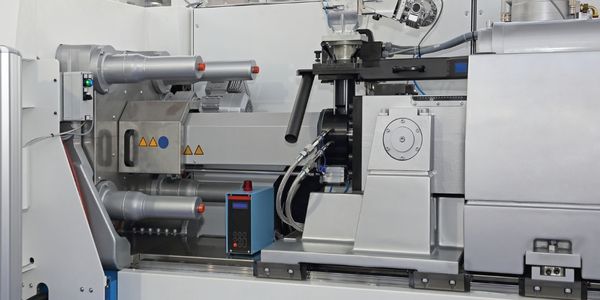
Case Study
Plastic Spoons Case study: Injection Moulding
In order to meet customer expectations by supplying a wide variety of packaging units, from 36 to 1000 spoons per package, a new production and packaging line needed to be built. DeSter wanted to achieve higher production capacity, lower cycle time and a high degree of operator friendliness with this new production line.
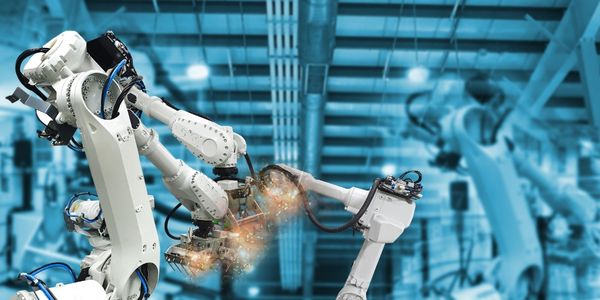
Case Study
Robot Saves Money and Time for US Custom Molding Company
Injection Technology (Itech) is a custom molder for a variety of clients that require precision plastic parts for such products as electric meter covers, dental appliance cases and spools. With 95 employees operating 23 molding machines in a 30,000 square foot plant, Itech wanted to reduce man hours and increase efficiency.

Case Study
Hospital Inventory Management
The hospital supply chain team is responsible for ensuring that the right medical supplies are readily available to clinicians when and where needed, and to do so in the most efficient manner possible. However, many of the systems and processes in use at the cancer center for supply chain management were not best suited to support these goals. Barcoding technology, a commonly used method for inventory management of medical supplies, is labor intensive, time consuming, does not provide real-time visibility into inventory levels and can be prone to error. Consequently, the lack of accurate and real-time visibility into inventory levels across multiple supply rooms in multiple hospital facilities creates additional inefficiency in the system causing over-ordering, hoarding, and wasted supplies. Other sources of waste and cost were also identified as candidates for improvement. Existing systems and processes did not provide adequate security for high-cost inventory within the hospital, which was another driver of cost. A lack of visibility into expiration dates for supplies resulted in supplies being wasted due to past expiry dates. Storage of supplies was also a key consideration given the location of the cancer center’s facilities in a dense urban setting, where space is always at a premium. In order to address the challenges outlined above, the hospital sought a solution that would provide real-time inventory information with high levels of accuracy, reduce the level of manual effort required and enable data driven decision making to ensure that the right supplies were readily available to clinicians in the right location at the right time.
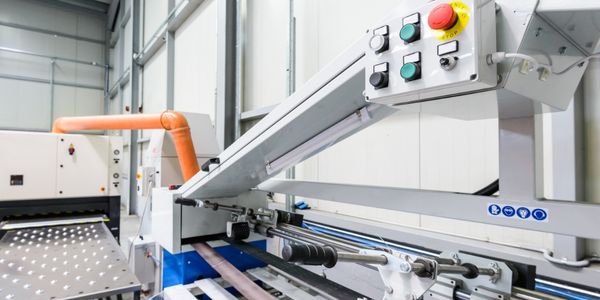
Case Study
Fully Automated Visual Inspection System
Tofflon has developed a fully automatic machine that uses light to inspect vials, medicine bottles, or infusion containers for glass fragments, aluminum particles, rubber grains, hairs, fibers, or other contaminants. It also detects damaged containers with cracks or inclusions (microscopic imperfections), automatically removing faulty or contaminated products. In order to cover all production processes for freeze-dried pharmaceuticals, Tofflon needed to create an open, consistent, and module-based automation concept.
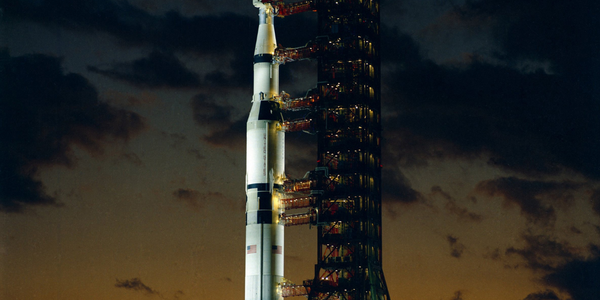
Case Study
SAP Leonardo Enabling Rocket Science
At times, ULA has as many as 15 different operating systems dedicated to overlapping processes, such as rocket design, testing, and launch. Multiple systems created unnecessary costs and unwanted confusion among workers at offices, factories, and launch sites in different location. In order to improve collaboration and transparency during vital activities that directly influence mission success, ULA wanted to improve data sharing and streamline manufacturing processes.




